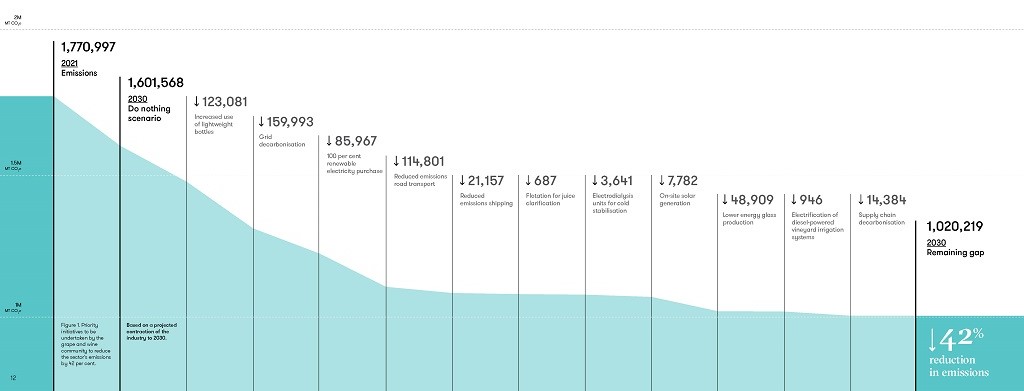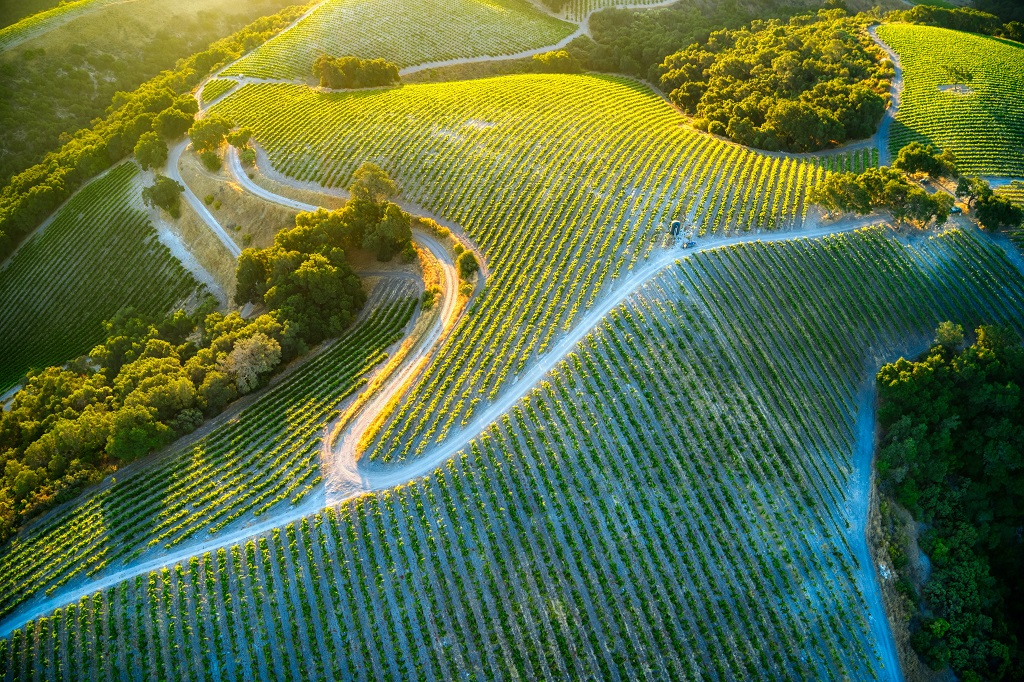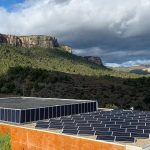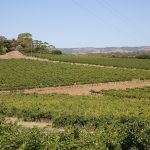By Sonya Logan
The Australian grape and wine sector’s recently-released Emissions Reduction Roadmap (ERR) and the actions it will have to take to deliver a 42 per cent reduction in its emissions by 2030 were spelt out to members of industry in a webinar yesterday.
The webinar was jointly hosted by Wine Australia’s senior research and innovation program manager Sharon Harvey, who is leading the ERR project, and Sarah Day, a principal consultant with Edge Impact, which has been working with Wine Australia and the wine and grape sector to develop the roadmap.
Day said the ERR’s goal of achieving a 42% reduction in emissions by 2030 was achievable so long as the wine industry had “a united approach to decarbonisation”.
The ERR, which was released on 11 September, targets a reduction in its combined Scope 1, Scope 2 and Scope 3 emissions from 1,770,997 tonnes of carbon dioxide equivalent (t CO2-e), which the Australian wine sector was estimated to have emitted in 2020-21, to 1,020,219t CO2-e in 2030.
If the industry does nothing between now and 2030, a 10% reduction on its total emissions for 2020-21 is forecast based on a projected contraction of the industry.
But a united approach by the sector to reduce emissions would deliver a 42% reduction by 2030, with the biggest reduction coming from the expected increase of more renewables in the nation’s electricity grid. This decarbonisation of the grid makes up 21% of the forecast reduction in the industry’s emissions between 2020-21 and 2030.
The next biggest reduction (16%) can come from an increased use of lightweight bottles given the manufacture of glass is one of the main sources of emissions within the industry.

Further reductions are possible from the following:
- 15% from the transition to zero emissions vehicles by the road transport sector, which has already started trialling electric and hydrogen powered trucks; road transport is the primary means of moving supplies, grapes, bulk wine and packaged stock to and from vineyards and wineries
- 11% from the industry’s purchase of 100% renewable energy for use in vineyards and wineries
- 7% from reduced-energy glass manufacturing instead of gas-fired glass production
- 3% from an increased use in more energy efficient fuels by the shipping industry, impacting the export of wine via sea
- 2% from a reduction in supply chain emissions as suppliers of products for the production of grapes and wine seek to reduce their emissions
- 1% from the generation of electrical energy from on-site solar panels, creating renewable electricity for use on-site in the production of grape and wine production.
The remaining proposed reductions come from the use of electrodialysis units for cold stabilisation, leading to a reduction in winery electricity usage, converting water pumps in vineyards from fossil fuel to electric and the use of flotation for juice clarification leading to a reduction in winery electricity usage.
Sarah Day said electric tractors hadn’t been factored into the roadmap due to their current cost, especially for smaller producers. She said the vehicles would be fed into a redesign of the roadmap should they become more affordable between now and 2030.
Indeed, the entire roadmap will “live, breath and change”, Day said, adapting to the emergence of new technologies that the sector can take advantage of, as well as the operating environment leading up to 2030. The industry’s progress towards the 2030 reduction target will also be tracked, with its footprint scheduled to be assessed again in 2025 and 2028.
The Roadmap and all associated resources are available at wineaustralia.com/emissions-reduction-roadmap.
Are you a Daily Wine News subscriber? If not, click here to join our mailing list. It’s free!
Edited 29 September 2023 @ 12.54.32pm
















